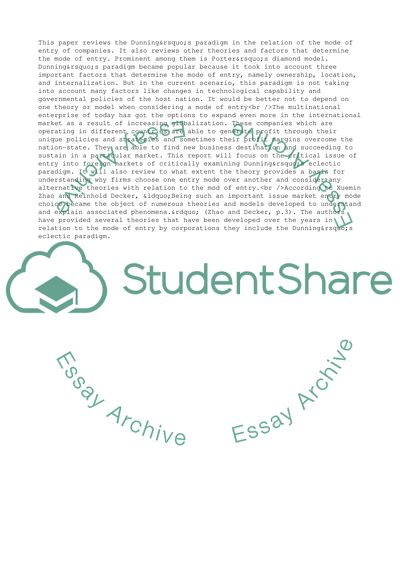Cite this document
(International Management Case Study Example | Topics and Well Written Essays - 1750 words - 1, n.d.)
International Management Case Study Example | Topics and Well Written Essays - 1750 words - 1. https://studentshare.org/management/1721034-international-management
International Management Case Study Example | Topics and Well Written Essays - 1750 words - 1. https://studentshare.org/management/1721034-international-management
(International Management Case Study Example | Topics and Well Written Essays - 1750 Words - 1)
International Management Case Study Example | Topics and Well Written Essays - 1750 Words - 1. https://studentshare.org/management/1721034-international-management.
International Management Case Study Example | Topics and Well Written Essays - 1750 Words - 1. https://studentshare.org/management/1721034-international-management.
“International Management Case Study Example | Topics and Well Written Essays - 1750 Words - 1”. https://studentshare.org/management/1721034-international-management.


